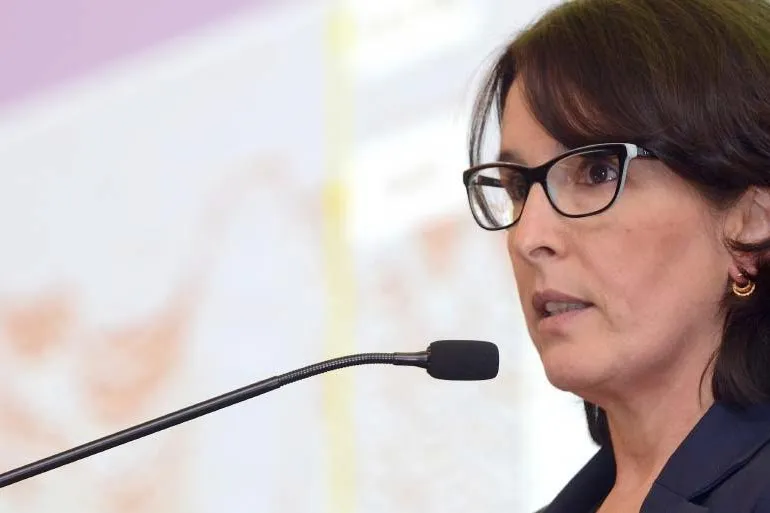Petrobras to launch fresh floater tenders
Petrobras is set to launch tenders before the end of this year for two big new floating production units to be installed off Brazil by the end of the decade on top of its outstanding requirements for the Libra and Sepia projects.
